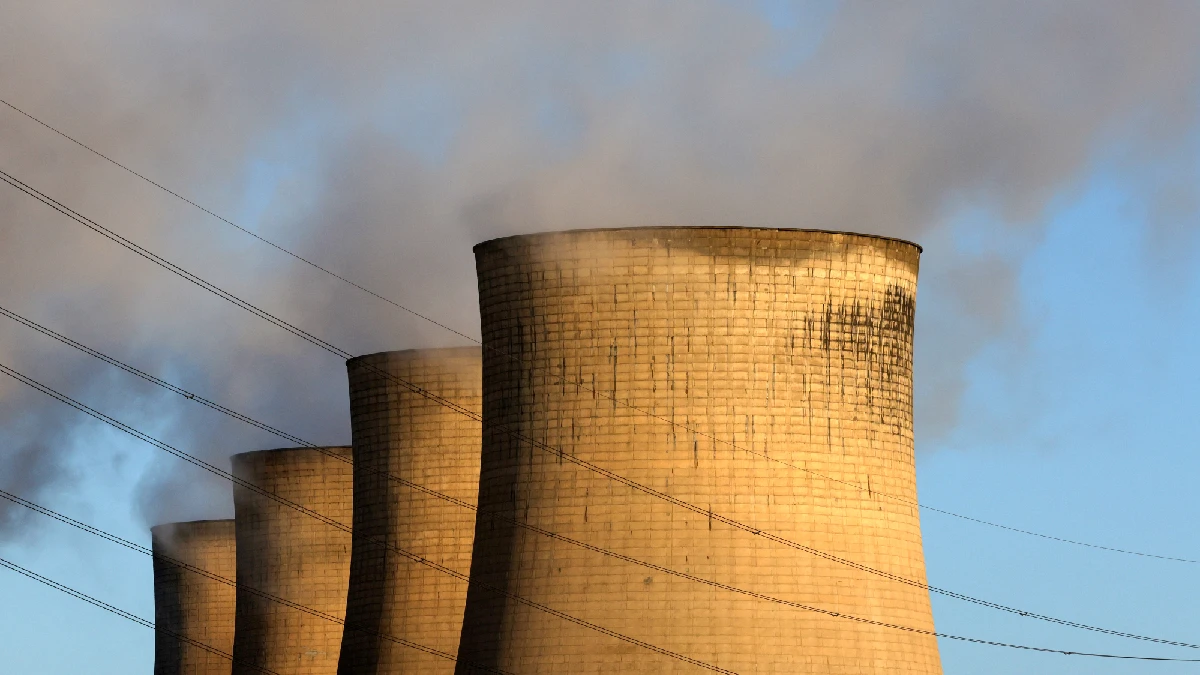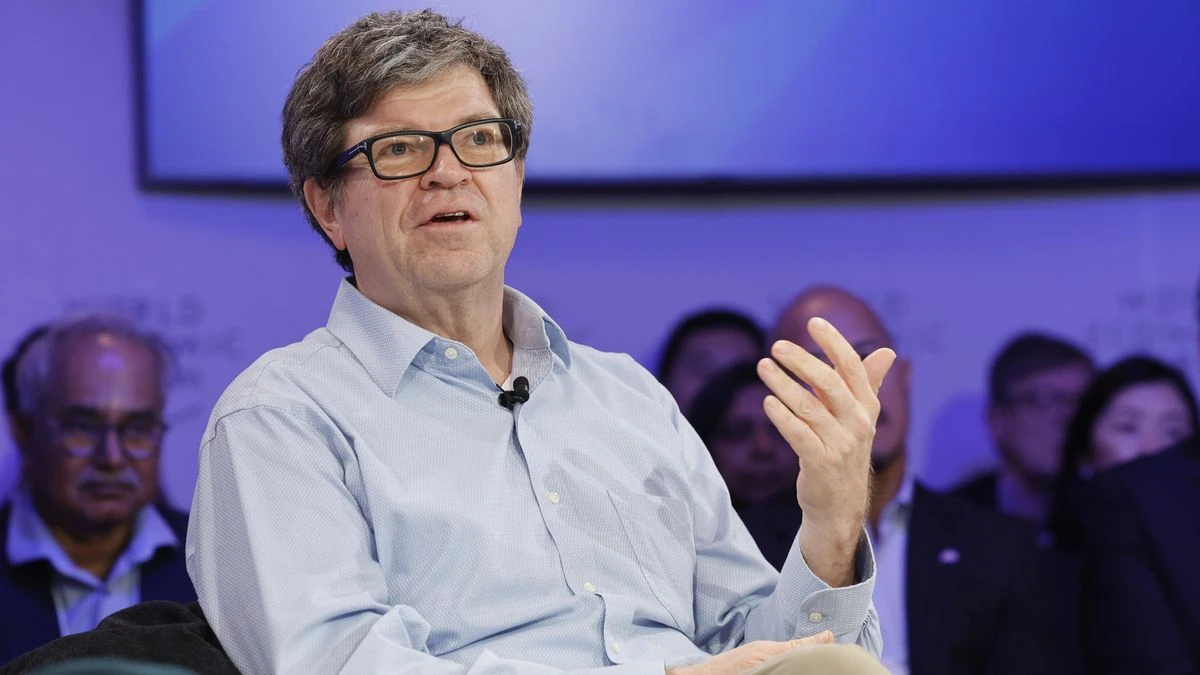Google's AI dream is powered by mini nuclear reactors, a 'world-first' deal. However, the timeline seems optimistic.
Google's plans for harnessing nuclear power are similar to those announced last month by Microsoft, who wanted to restart a Three Mile Island reactor to power its AI data centres.
In a blog post published recently, the tech giant explained that they had signed a "world-first" deal with nuclear energy startup Kairos Power for the construction of a fleet SMRs (small module reactors). The aim is to supply power to Google's data centres, due to AI's high power consumption.
The first reactor will be online in 2030. Additional deployments are planned until 2035. This means that there will likely be six or seven reactors. The deal, which has not yet been detailed by either party, promises to add "upto 500 [megawatts] new 24/7 carbon-free electricity to U.S. grids."
All of that is not going to be an easy process. SMRs were designed to be more cost-effective and faster to construct than traditional nuclear power plants. TechCrunch notes that the economics are still largely unknown, since no commercial SMRs have been built yet, at least in the US. Construction of the Linglong One SMR in Hainan, China is currently underway and scheduled to be completed by 2020 (via South China Morning Post).
The US and China are not the only countries looking to the future with SMRs. The Czech government has chosen Rolls-Royce SMR for a fleet, and the UK may also consider a similar deal.
According to The Guardian's report, Kairos is currently building a demonstrator reactor in Tennessee. However, that reactor won't be completed until 2027. This makes the Google deal timeline for getting sevenSMRs online by 2035 sound a little optimistic. Kairos Power also wants to lead the way with reactors that are cooled using molten salts of beryllium and lithium fluoride instead of the industry standard water.
Anyone who is even a little bit nuclear-averse will be shivering at the thought of SMRs that are yet to be proven, and their emphasis on rapid construction.
TechCrunch also points out that the US public is still divided on nuclear energy. While 56% of respondents to Pew Research's survey are in favor of building more nuclear power plants, Americans still support the expansion of solar and wind power more than nuclear power (72%)
It's easy to see why. Aside from the fact that these two renewable energy sources are much cheaper to harness than building a nuclear power station, they also have a shorter list of safety issues.
Google's main concern is that to meet the power needs of a data center, it would be necessary to build a large battery to ensure there was enough wind or solar juice available. There's still plenty of room for innovation in the renewable energy sector. So, instead of trying reinventing the nuclear wheel, Google could try to lubricate solar and wind.




Comments